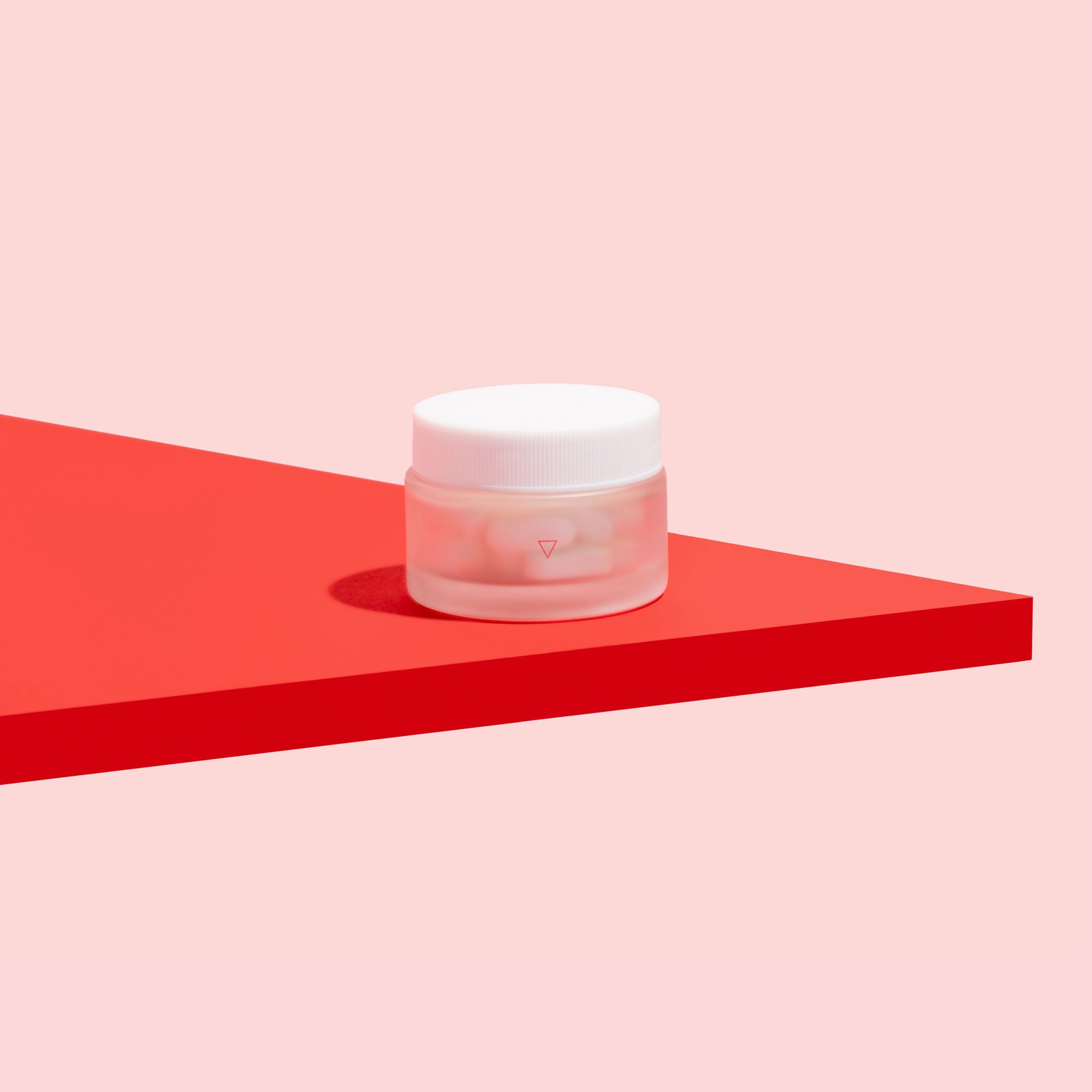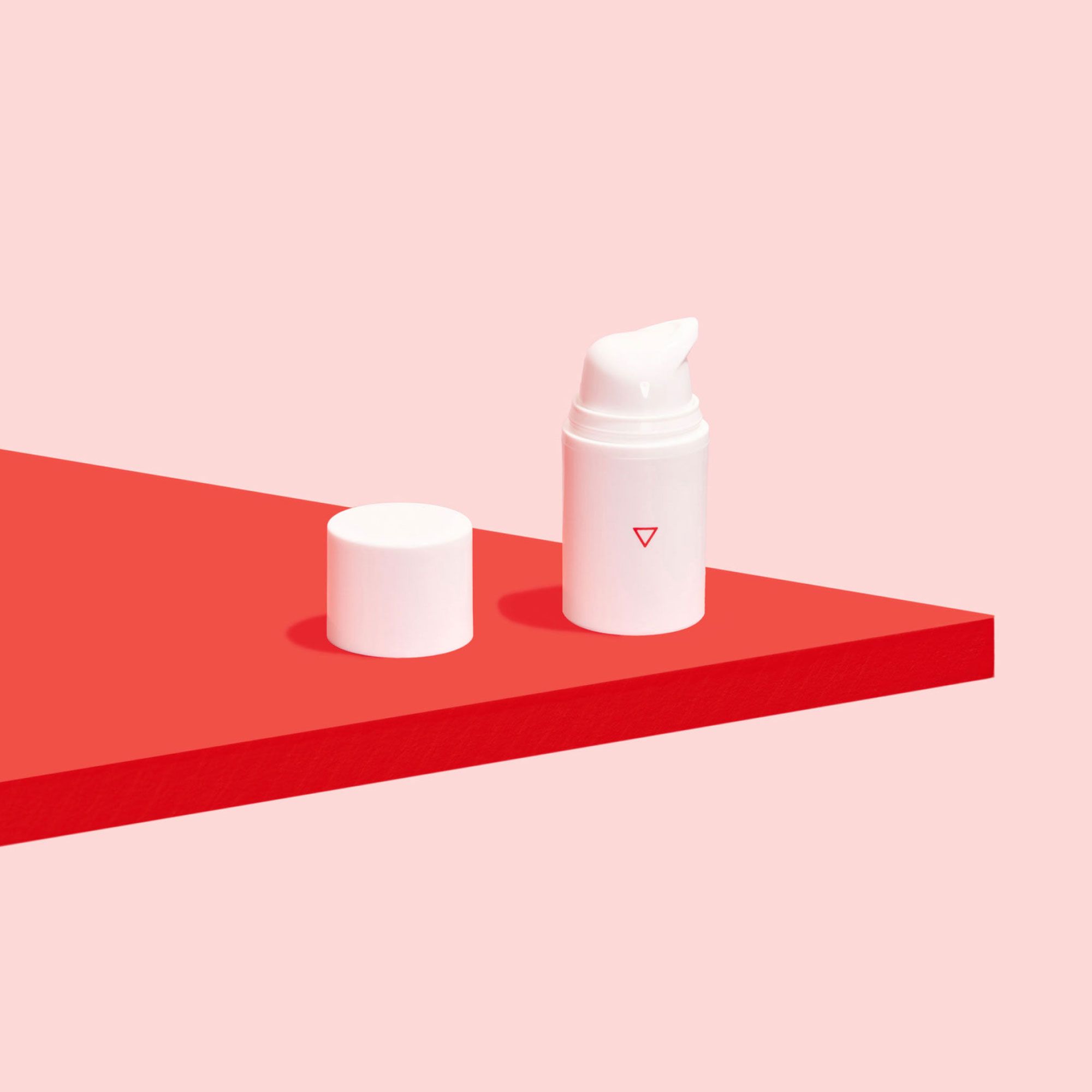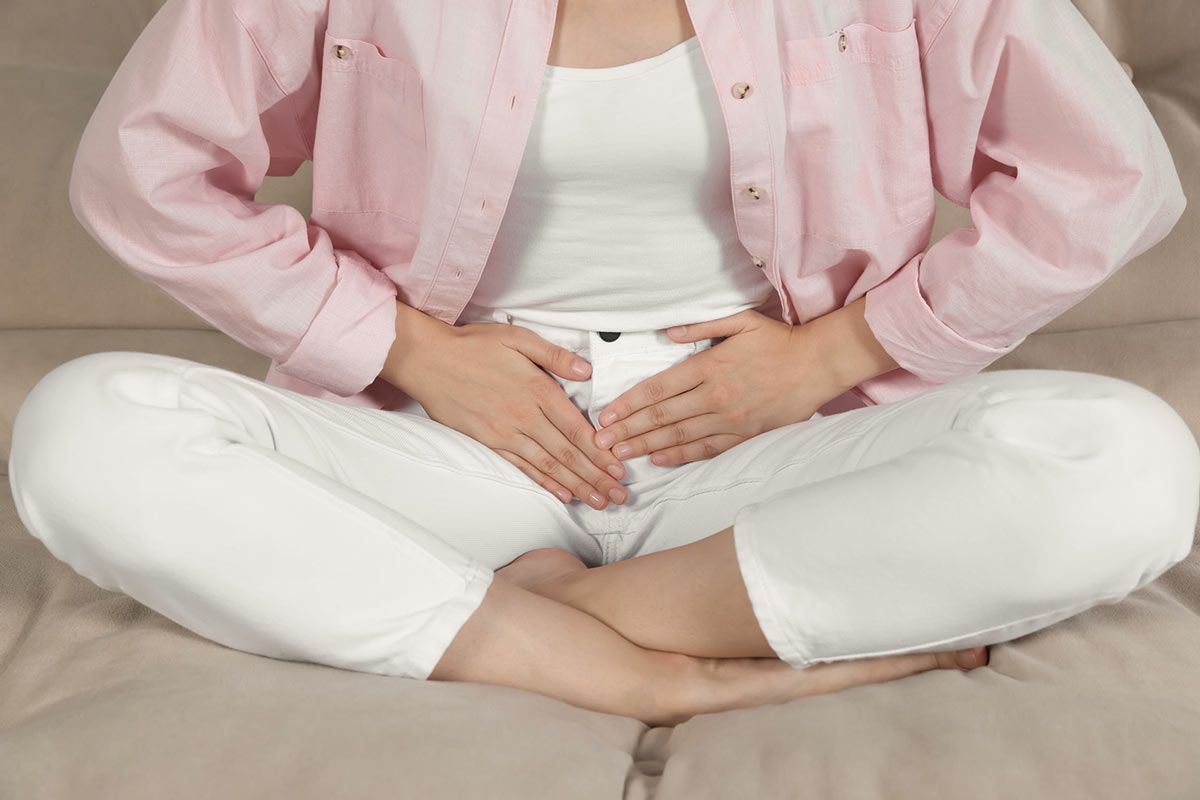
Bacterial Vaginosis (BV)
Symptoms & Treatment
What is Bacterial Vaginosis?
Bacterial vaginosis, or “BV,” is a medical condition that occurs when there’s an imbalance of “good” and “harmful” bacteria in the vagina. This causes a disturbance in the pH levels of the vagina making the inside less acidic than it normally is. While BV can affect people of any age, it most commonly occurs during reproductive years.
Some women with BV don’t know they have it because they don't properly identify their symptoms. Due to inflamation, having BV can increase your chance of getting an STD while sexually active. - Center for Disease Control, CDC.GOV
BV on its own does not present much of a health risk and it can usually be cleared up quickly with medications for BV. It does have the potential to lead to more serious issues if an infection occurs while pregnant, such as increasing the risk of premature births or low birth weight. Additionally, if no BV treatment is sought, the risk of developing pelvic inflammatory disease can increase, as well as increased risk of contracting an STD, like HIV or Gonorrhea, due to inflammation.
Quick Facts About BV
BV is the most common vaginal infection among sexually active people. While it’s unclear what the exact role your level of sexual activity plays in developing BV, it is typically more common in those who are sexually active than those who are not.
In the United States alone, an estimated 21.2 million people (ages 14–49) currently have BV. Much like cases of STIs, many BV infections are asymptomatic, meaning the people experiencing them report minimal symptoms, or no symptoms at all! This is why it's extra important to check in with a provider regularly and let them know about any symptoms you may be experiencing, even mild ones:
- BV is extremely uncommon among people who’ve never had sex
- BV cannot be transmitted by contact with bedding, toilet seats, or swimming pools
- Douching can increase the likelihood of BV
- People can still be affected by BV (18.8%) even if they have not recently engaged in vaginal, oral, or anal sex
- It is also very common among pregnant individuals (25%) and those who have been pregnant (31.7%)
- Acquiring BV is often correlated with an increase in number of sexual partners
Symptoms of BV
The signs and symptoms of bacterial vaginosis are pretty unpleasant and uncomfortable. Fortunately, there are several bacterial vaginosis medications that can help. Some of the symptoms of BV include:
- Burning during urination
- Vaginal itching
- Foul-smelling “fishy” vaginal odor
- Thin vaginal discharge that can be gray, white, or green in color
Many of these symptoms can also be caused by other types of infections, like yeast infections or STIs. Check in with a provider if you aren't sure about the root cause of your symptoms before treating for BV.
What Causes Bacterial Vaginosis?
When bacteria levels in the vagina become unbalanced, with an overgrowth of some bacteria and an undergrowth of others, bacterial vaginosis can occur. Any change to the chemistry of your vagina's pH can influence the balance of bacteria levels and lead to a BV infection.
Bacterial vaginosis is not considered an STI. However, having sex with a new partner, or multiple partners, may increase your risk for BV. A sexual partner's genital chemistry can change the balance in your vagina and allow bacteria to grow. The use of bacterial vaginosis medications can help to restore natural levels. In addition to prescription treatment, researchers have identified certain risk factors that can affect the pH balance of the vagina though. These potential risk factors are:
- Recent antibiotic use
- IUDs (intrauterine devices) for birth control
- Vaginal douching
- Multiple or new sex partners: while you can still get BV without having sex, it is more common in sexually active women
- Cigarette smoking
- Heavy periods
- Hormonal changes such as puberty, pregnancy, or menopause
- The use of bubble bath
Once a full course of medications for BV has been taken, researchers have determined ways that the pH balance of the vagina can be better maintained to reduce the future risk of BV. Things such as the following can help to keep the bacteria in balance:
- Use of boric acid suppositories (they help maintain a healthy pH!)
- Use of condoms
- Taking showers, instead of baths
- Use of the combined oral contraceptive pill
How Is Bacterial Vaginosis Diagnosed?
Bacterial vaginosis can be diagnosed through a simple consultation. Even though, BV is not considered dangerous it is best to consult with your provider as soon as you notice the symptoms. This will allow you to start treating bacterial vaginosis quickly. Your provider will assess your past health and current symptoms.
What Medications for Bacterial Vaginosis Are Available?
Once the BV has been confirmed, your provider can prescribe the best BV treatments for your specific needs. Treating bacterial vaginosis is typically done with antibiotics that come in either the form of pills or creams and gels that are inserted into the vagina with an applicator. Some of the most prescribed medications for bacterial vaginosis are Metronidazole, Tinidazole, and Clindamycin. While the antibiotics will work to reduce the levels of the bacteria that caused the imbalance, they may not be able to fully restore pH levels to normal. This can lead to reoccurring cases of BV. To prevent this, it is important to finish the entire course of medication for BV and consider making some longer-term lifestyle changes.
It can take a few days for antibiotics to work their magic, and in the meantime you may be dealing with itching, inflammation, and irritation. Wisp's Calm Down! Instant Itch Relief for BV & Yeast is an easy and effective way to soothe uncomfortable symptoms and start feeling better instantly. It uses dual-action Hydrocortisone and Lidocaine to target itching and soreness so you don't have to wait for your meds to kick in. This prescription strength formulation was created by our Medical Team to be used in your most sensitive areas so you can feel confident in your symptom relief. Learn more about (Calm Down! Instant Itch Relief for BV & Yeast)[https://hellowisp.com/treatment/hydrocortisone-lidocaine-cream].
The bad news is that BV is common and something that most women will experience at least once during their lives. The good news is that BV treatments are effective and easily available. In no time at all, the medications for BV will work their magic and the infection will be cleared up, allowing you to get back to normal.
Speak with a Wisp provider today to learn more about the causes and treatments for BV, and ask about our discreet medication delivery.

BV Antibiotics (Tablets or Gel)
Request topical or oral prescription antibiotics to treat bacterial vaginosis
Starting at $45.00/quarter
Get Started
Metronidazole (Flagyl) For BV
The most affordable topical prescription antibiotic for treating bacterial vaginosis
Starting at $15.00
Get Started
Calm Down! Instant Itch Relief for BV & Yeast
Prescription cream used to relieve uncomfortable symptoms of BV and Yeast.
$36.00
Get Started

